
AeroGenie — Uw intelligente copiloot.
Trending
Categories
New PD-26 Engine Proposed for Russian Twinjet Aircraft
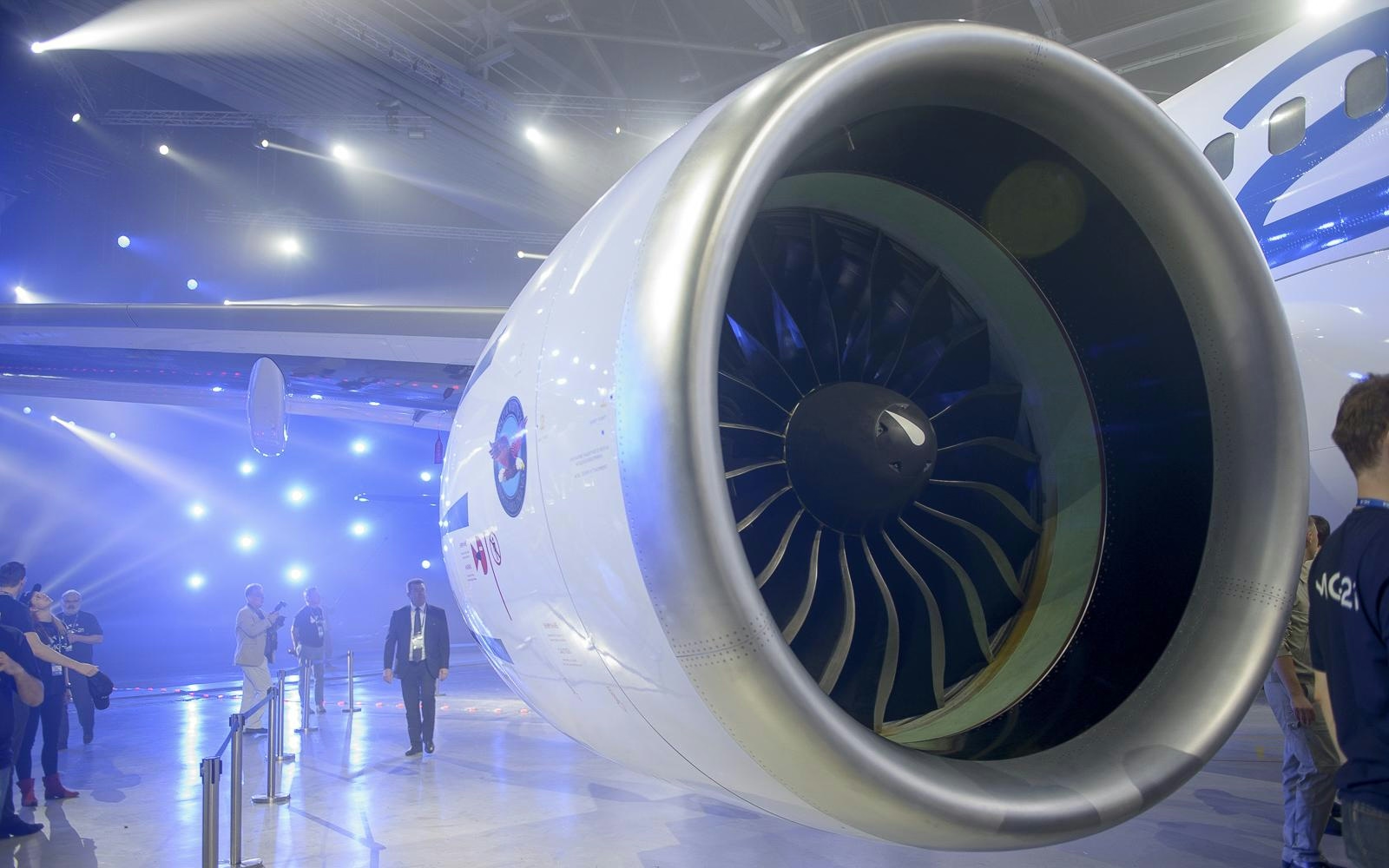
New PD-26 Engine Proposed for Russian Twinjet Aircraft
Russia is advancing the development of a new widebody twinjet aircraft family, with Deputy Prime Minister Denis Manturov announcing the proposal of a lower-thrust derivative of the Aviadvigatel PD-35 engine to power the project. In an interview with the Russian news agency TASS, Manturov confirmed that the engine, designated the PD-26, will deliver a thrust of 26 tonnes (255 kN).
Engine Versatility and Applications
The PD-26 is being positioned as a versatile powerplant suitable for both commercial and military use. Manturov highlighted that the engine has been proposed for a 100-tonne military transport aircraft, as well as for a widebody passenger airliner. United Aircraft recently filed a detailed patent for a widebody twinjet family, conceptually similar to the Boeing 787, designed to seat between 240 and 320 passengers. However, the patent provided limited information regarding specific engine requirements.
The PD engine family, developed by United Engine, already powers several Russian aircraft. The PD-14 engine is used on the Yakovlev MC-21-310, while the PD-8 is fitted to the SJ-100, with both models currently undergoing certification. The higher-thrust PD-35 has been developed for projects such as the proposed CRAIC CR929—a joint Russian-Chinese widebody initiative—and as a potential successor to the Antonov An-124.
Challenges and Market Prospects
Despite its broad intended applications, the PD-26 faces significant challenges as it moves toward production and market entry. Meeting international safety and performance standards will be essential, particularly as Russia aims to compete with established engine manufacturers such as Rolls-Royce and Pratt & Whitney. Additionally, securing a reliable supply chain for critical components remains a major obstacle amid ongoing global disruptions.
Market reception to the PD-26 may be cautious, with airlines potentially hesitant to adopt a relatively new engine technology. Competitors are expected to respond by enhancing their existing engine offerings to maintain market share. Nevertheless, the PD-26’s thrust rating and adaptability for both commercial and military platforms could attract interest from a diverse range of operators, marking it as a strategic development within Russia’s aviation sector.
As Russia continues to invest in its domestic aerospace capabilities, the ultimate success of the PD-26 will depend on its ability to deliver reliable performance and gain acceptance in a highly competitive global market.

Royal Jordanian to Refurbish Boeing 787-8 Fleet
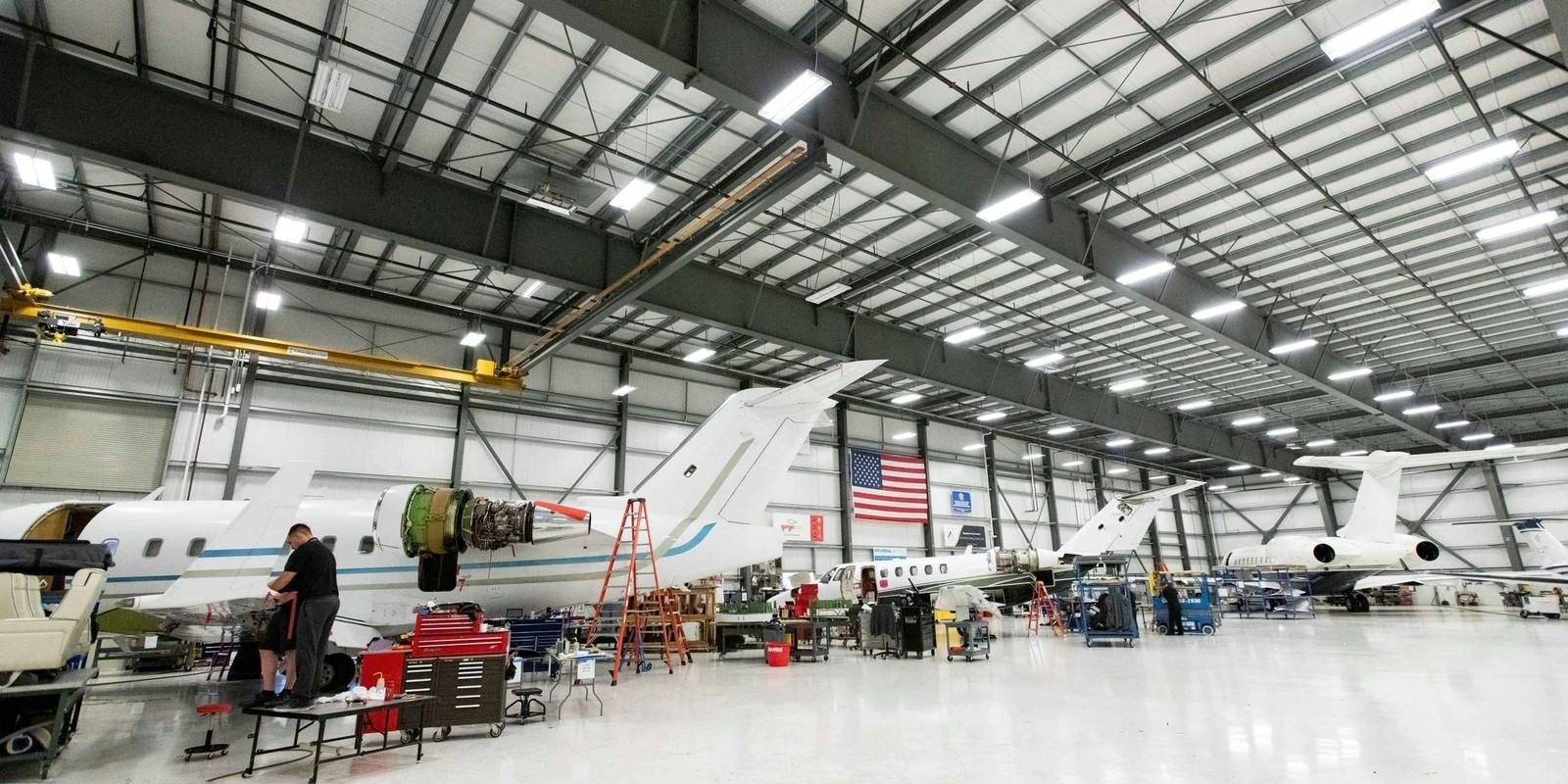
Expert Calls for Policy Reform to Boost Local MRO Investment and Reduce $1 Billion Maintenance Costs
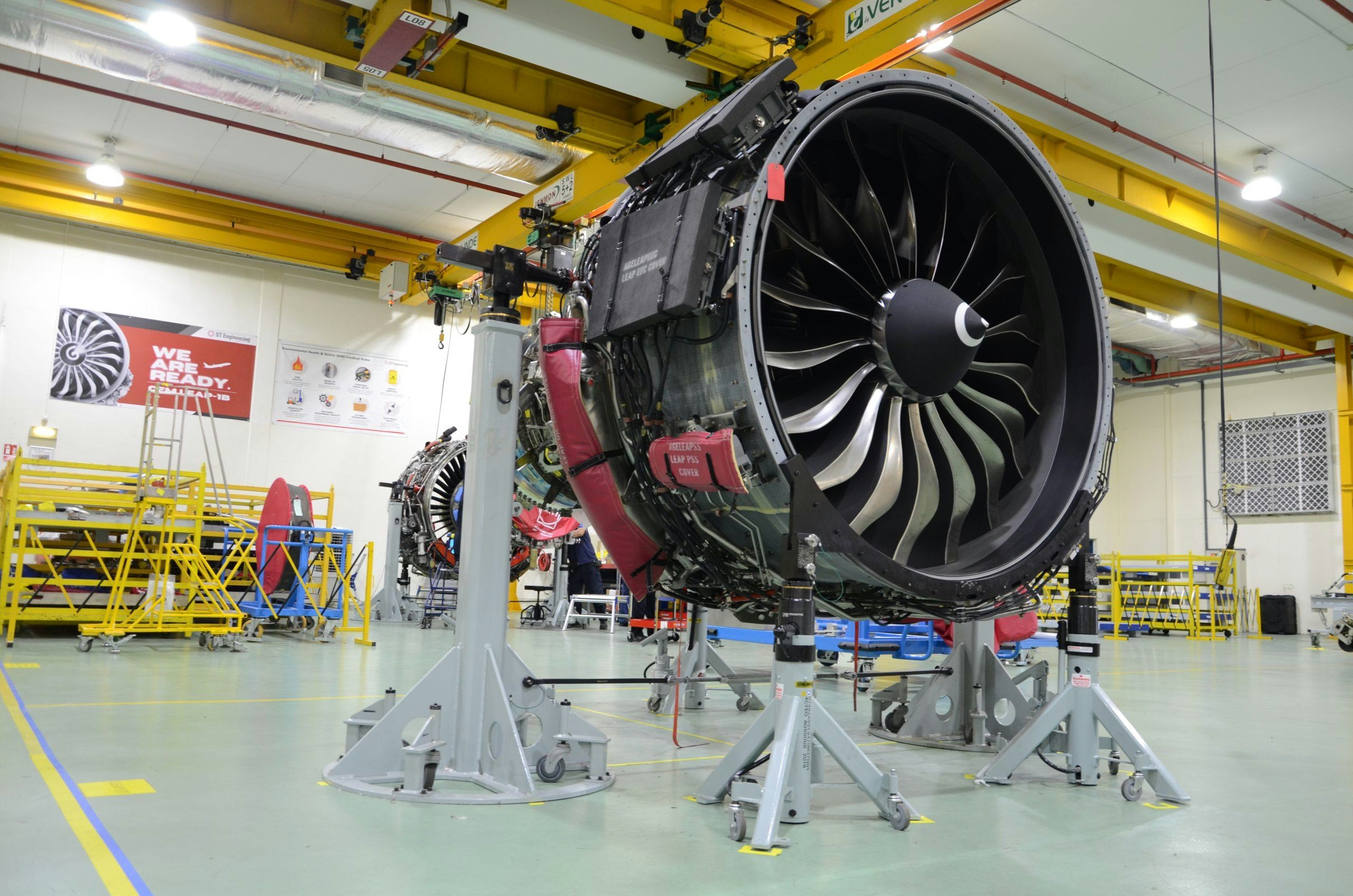
MRO Update: October 21, 2025
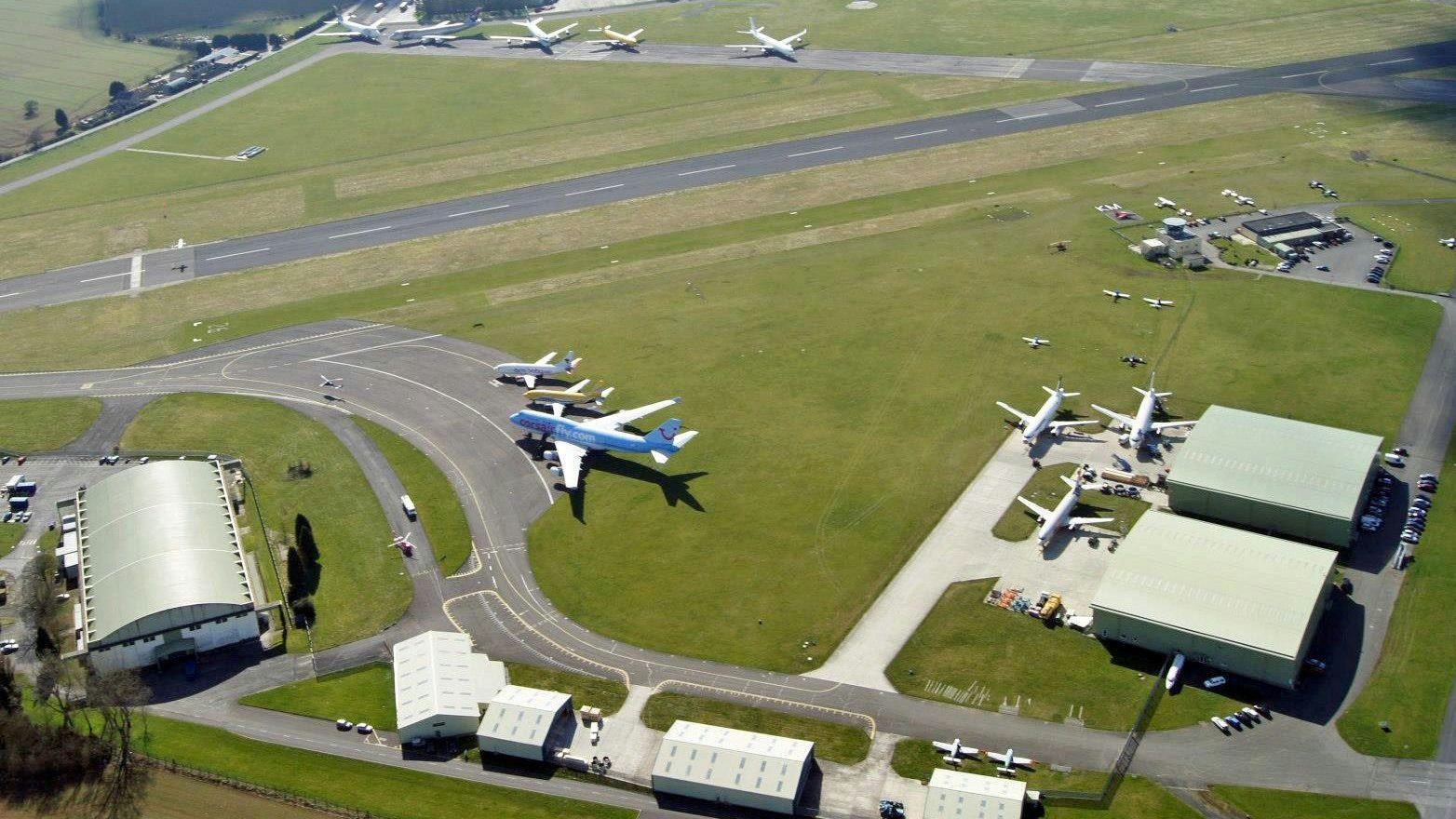
Young Aircraft Retired Early for Engine Salvage
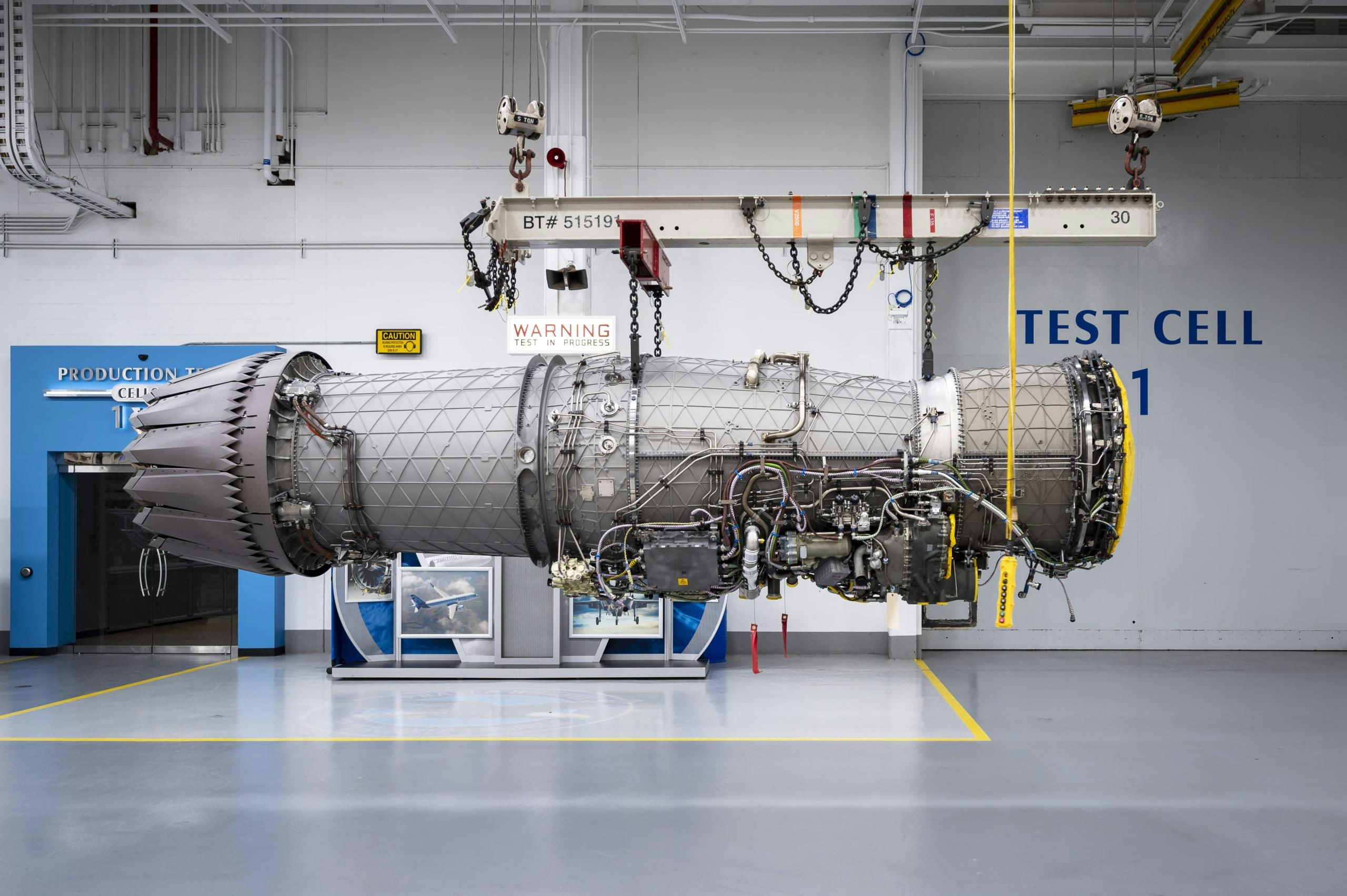
Data Centers Adopt Aviation Engines for Power Generation
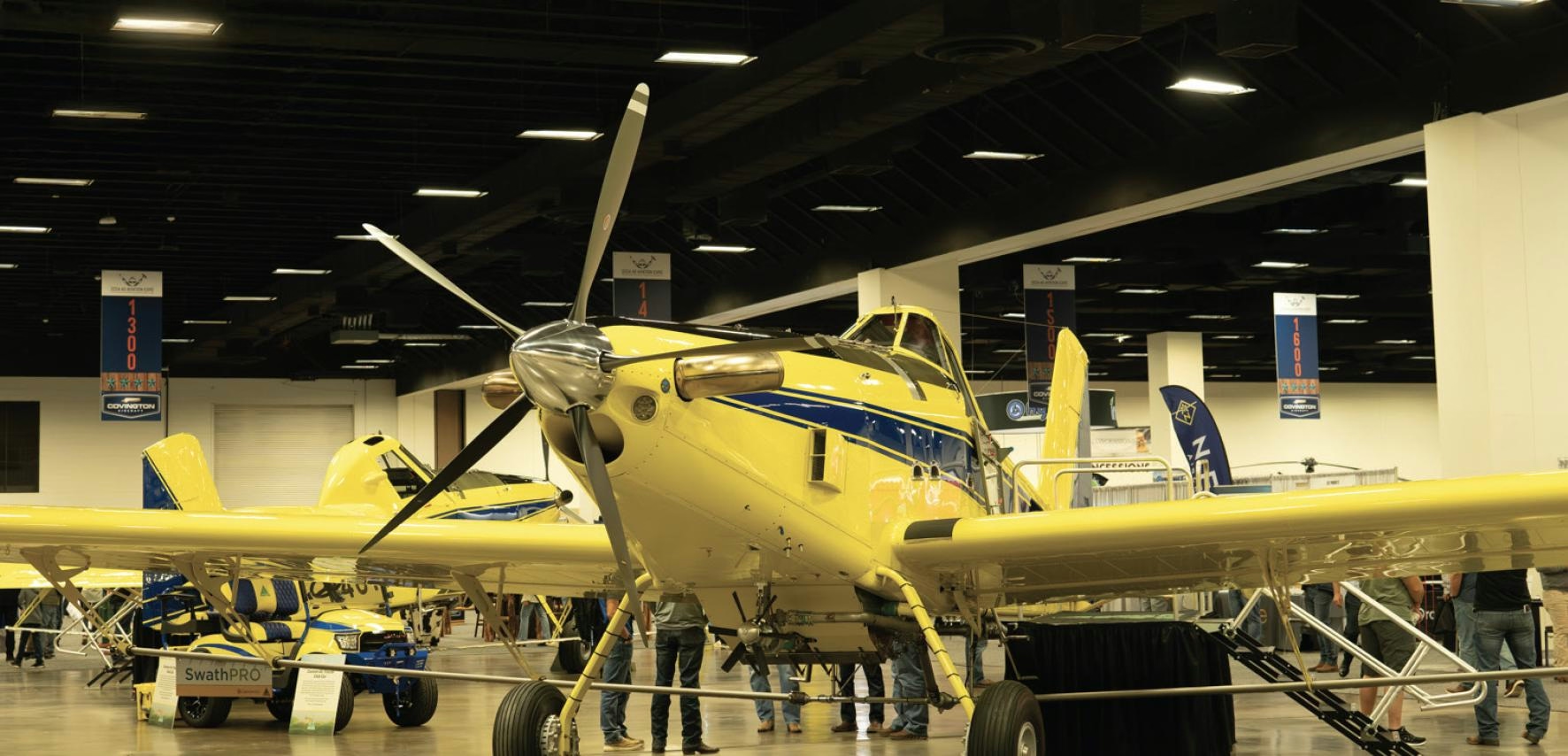
Turbine Conversions Ltd. Marks 35 Years in Ag Aviation and 25 Years of Single Point Fueling
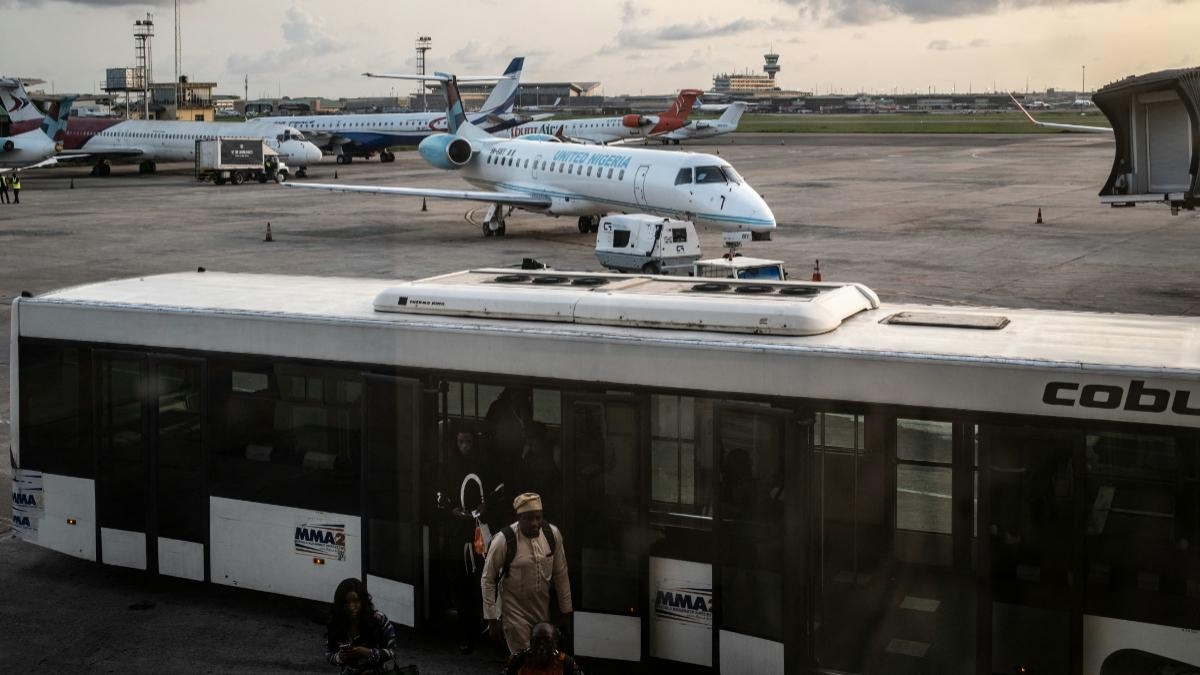
Brazilian, Chinese, and UK Airlines Target Nigerian Domestic Market for Expansion

Archer Aviation Expands Partnership with Korean Air

Ghana's Century Aviation Plans Air Taxi Service with C408 Aircraft
